Mastering Fårikål The Art of Norwegian Mutton Stew
11 min read Explore the authentic preparation and cultural significance of Fårikål, Norway’s cherished mutton stew, in this comprehensive culinary guide. August 30, 2025 12:05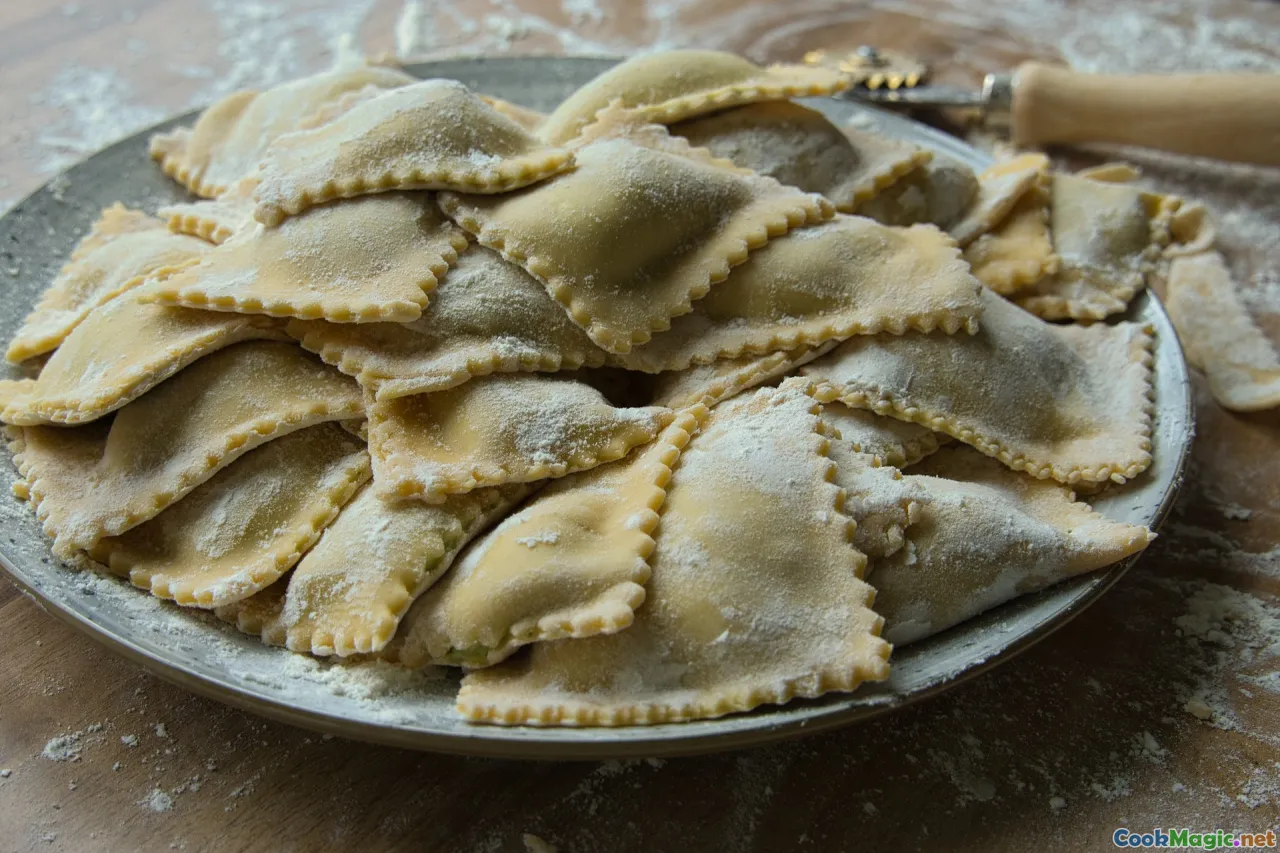
Discovering Fårikål: Norway’s Cozy Autumn Classic
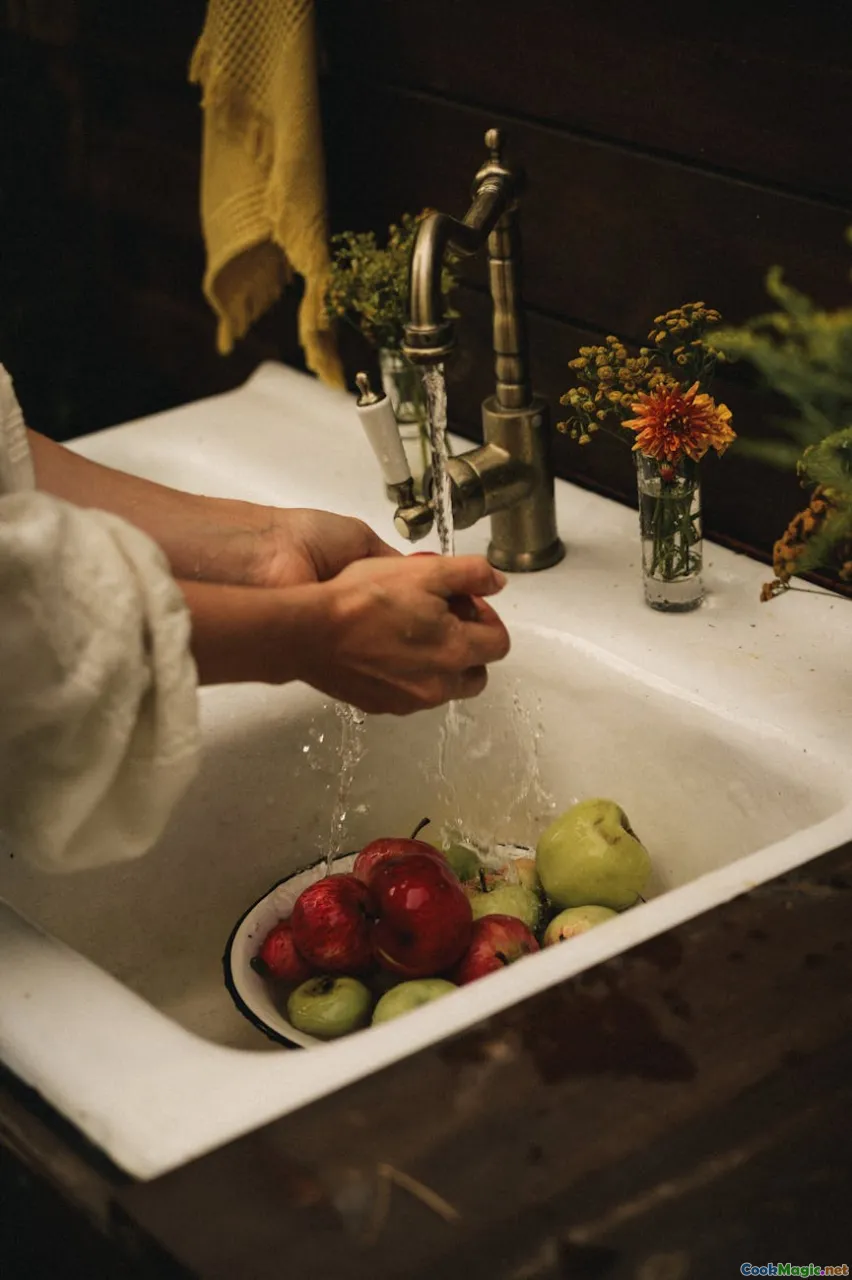
Nestled amidst the rugged fjords and lush landscapes of Norway lies a humble yet profoundly cherished culinary treasure: Fårikål. As the days grow shorter and the air turns crisp, Norwegians reunite around their warmest dishes, and few embody this season’s spirit as perfectly as Fårikål. With its melding of hearty mutton, delicate cabbages, and hearty grains, this stew encapsulates the heart of Norwegian culture—a testament to simplicity, tradition, and an unwavering connection to nature.
Imagine the aroma wafting through a cozy countryside kitchen, the gentle simmer of mutton releasing a fragrant melange of herbs and earthy scent of roasted grains, while the sight of bubbling broth promises comfort. For many Norwegians, Fårikål isn’t merely a meal; it’s an emotional ritual, a family tradition passed down through generations, and an ode to autumn’s bounty. Let’s embark on a culinary journey into mastering this Viking-inspired dish, exploring its history, ingredients, techniques, and personal interpretations.
The Rich Tapestry of Norwegian Culinary Tradition
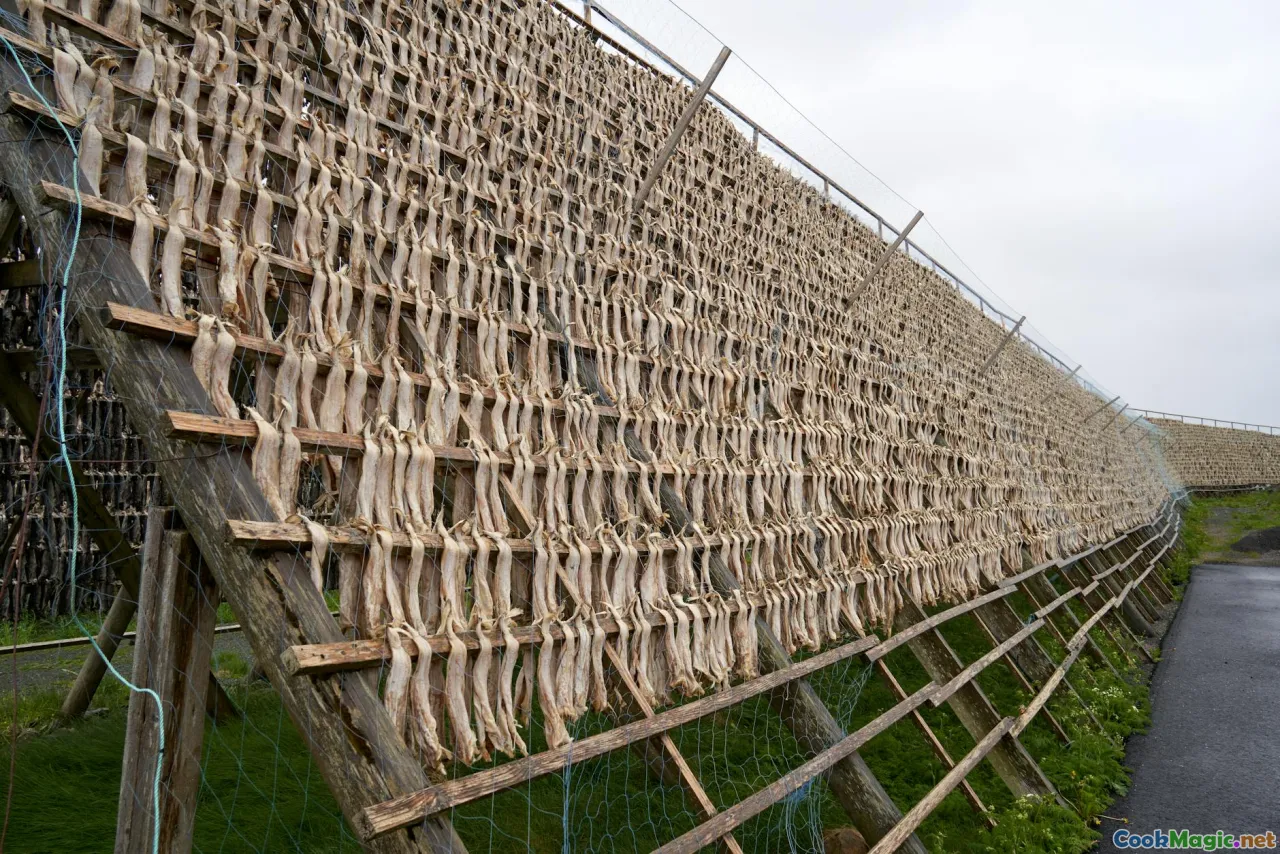
Norwegian cuisine is deeply woven into the fabric of a country characterized by vast wilderness and a long maritime heritage. The legendary hardy way of life—surviving Nordic winters, fishing, hunting, and foraging—has shaped a cuisine rooted in robust, humble ingredients.
Fårikål emerged as a disposal of lesser cuts of mutton paired with local cabbage, simmered slowly with whole black peppercorns and sometimes a splash of mild vinegar. Historically, it epitomizes resourcefulness: utilizing every part of the sheep, reducing waste, and feeding large families with affordable ingredients. It’s a dish born from necessity but elevated by the Norwegian values of authenticity, respect for the land, and sharing.
Celebrated as Norway’s national dish, Fårikål was officially named in 1972, yet it’s impossible to overlook how deeply ingrained it remains in the collective Norwegian consciousness—firmer than the rocky fjord cliffs, warmer than the midnight sun.
Ingredients Looked At Closely — The Authentic Components
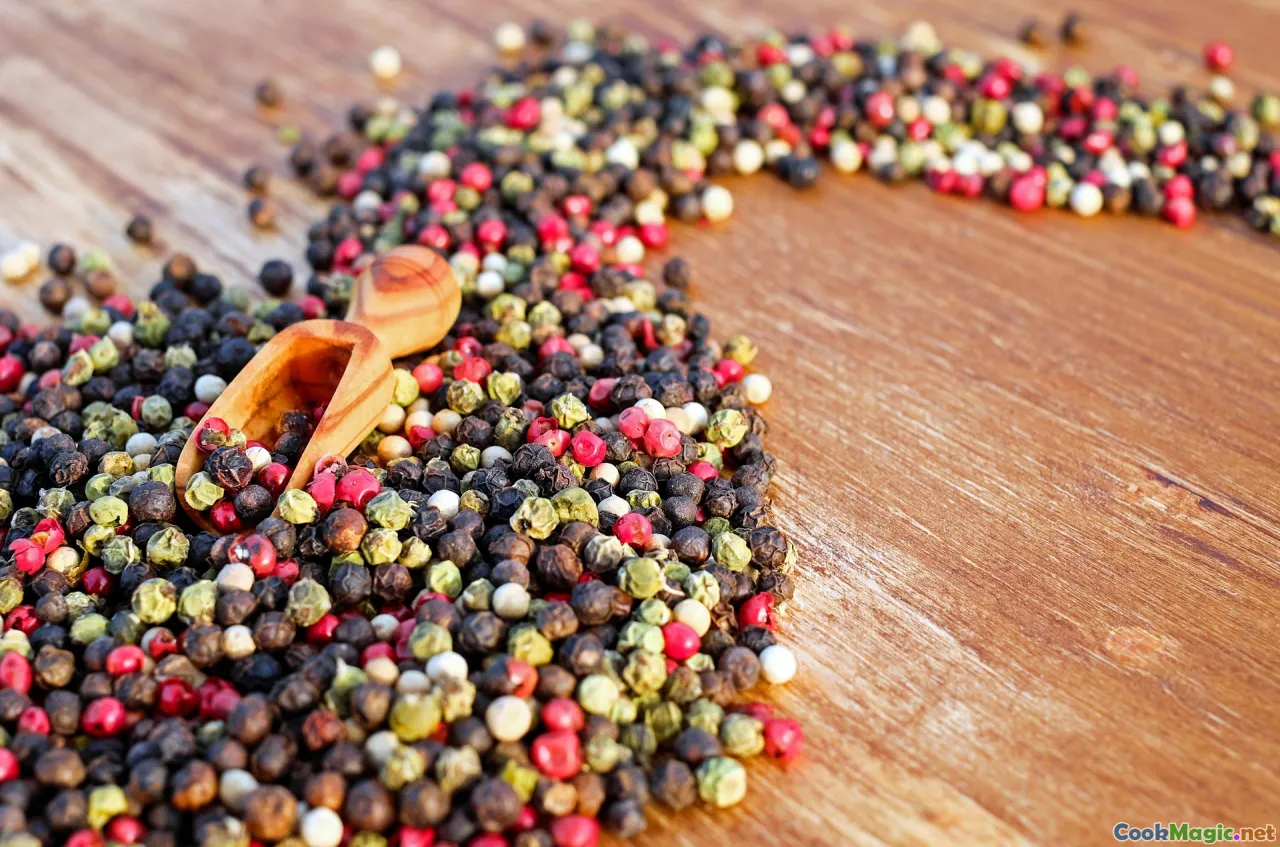
The magic of Fårikål lies in its straightforward yet carefully balanced ingredients:
- Mutton (preferably from mature sheep): The backbone of the dish, contributing a deep, rich flavor. In Norway, you’re most likely to find local mutton from ewes that have grazed in open pastures, imparting a uniquely sweet, gamy aroma.
- Cabbage (preferably green or white): The staple, adding crunch, sweetness, and a pleasing contrast to the richness of the meat.
- Black peppercorns: Whole, providing spice and aromatic warmth.
- Salt: To balance and enhance the natural flavors.
- Water or broth: As the simmering medium.
- Optional additions: Some purists include a sprinkle of juniper berries or a dash of vinegar for nuanced flavor complexity.
The regional variations are minimal—what remains consistent is the remarkable harmony these ingredients create, evident in every spoonful.
Crafting Fårikål: A Step-by-Step Guide
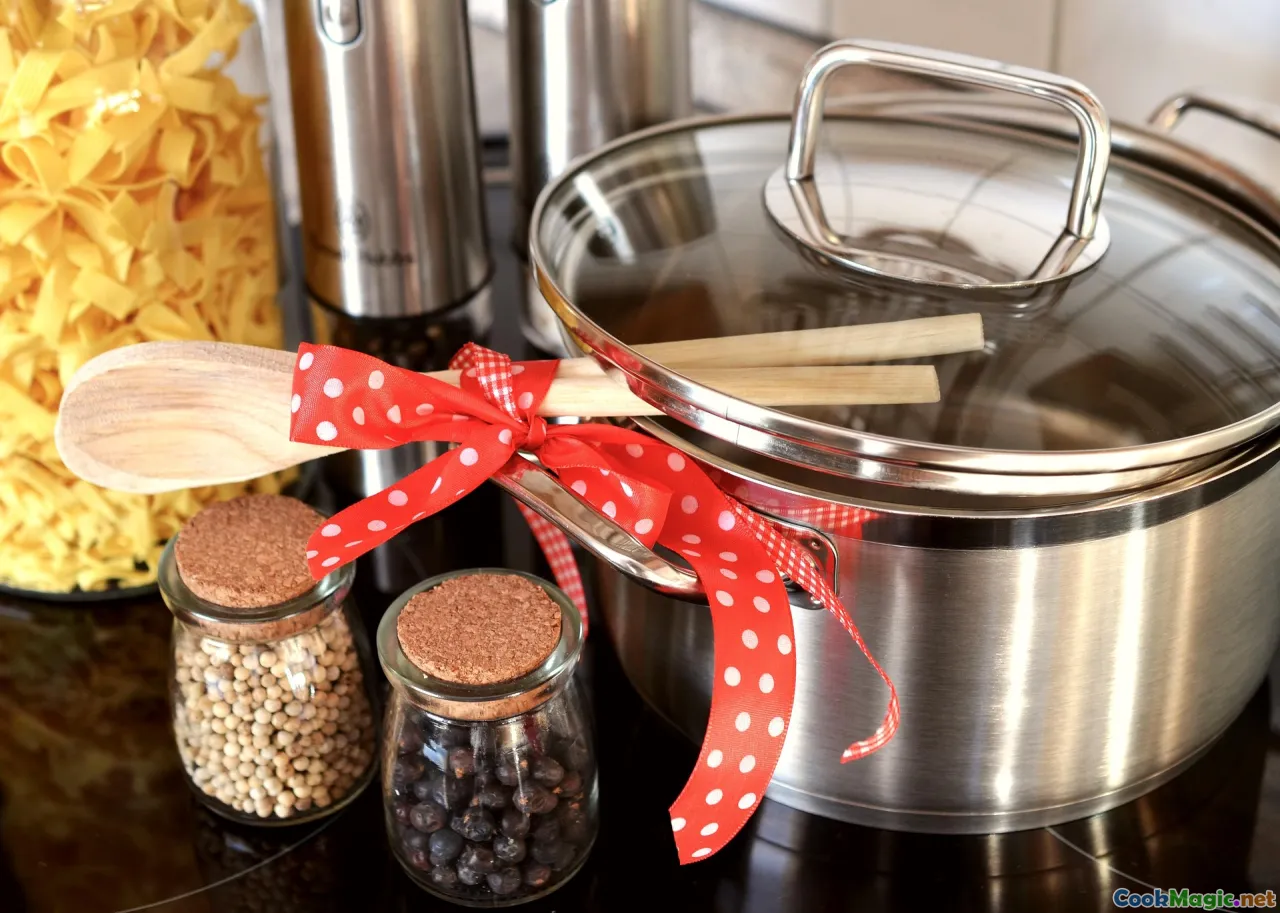
Stepping into Fårikål’s kitchen ritual is akin to entering a sacred space where patience and tradition reign supreme. Here's how to master it:
1. Select and prepare your ingredients:
Use fresh, high-quality mutton with a good amount of bone—this adds flavor infusion during simmering. Rinse your cabbage, removing only the outer leaves if necessary, then quarter it.
2. Layering the stew:
In a large, heavy-bottomed pot, arrange a layer of mutton pieces at the bottom, followed by a layer of cabbage. Repeat the layers until the pot is filled, ending with cabbage on top.
3. Season and add water:
Sprinkle whole black peppercorns between layers and add a pinch of salt. Pour enough water or light broth to just cover the ingredients.
4. The long, slow simmer:
Bring to a gentle boil, then lower the heat. Cover the pot, allowing the dish to simmer on a low heat for approximately 2 to 3 hours—patience is key here. The gentle heat tenderizes the mutton, transforms the cabbage, and melds the flavors.
5. Final touches:
Once tender, taste and adjust salt. Traditionally, Fårikål is served with boiled potatoes on the side, and some prefer a dab of butter or a spoonful of sour cream.
Serving and Celebrating Fårikål

Fårikål is best enjoyed piping hot, straight from the pot or plated rustic-style on a wooden platter, accompanied by boiled potatoes. In Norwegian tradition, it’s often shared with family and friends during the official Fårikål season—from late September to early October—aligned with the harvest.
The dish is a symbol of communal warmth, often served during cozy ‘Fårikål dinners,’ with discussions flowing as freely as the broth. It’s customary to toast “Skål!”—cheers—before digging in, embracing the Norwegian concept of ‘hygge,’ the hygge that fills the space with comfort and companionship.
Variations and Personal Touches
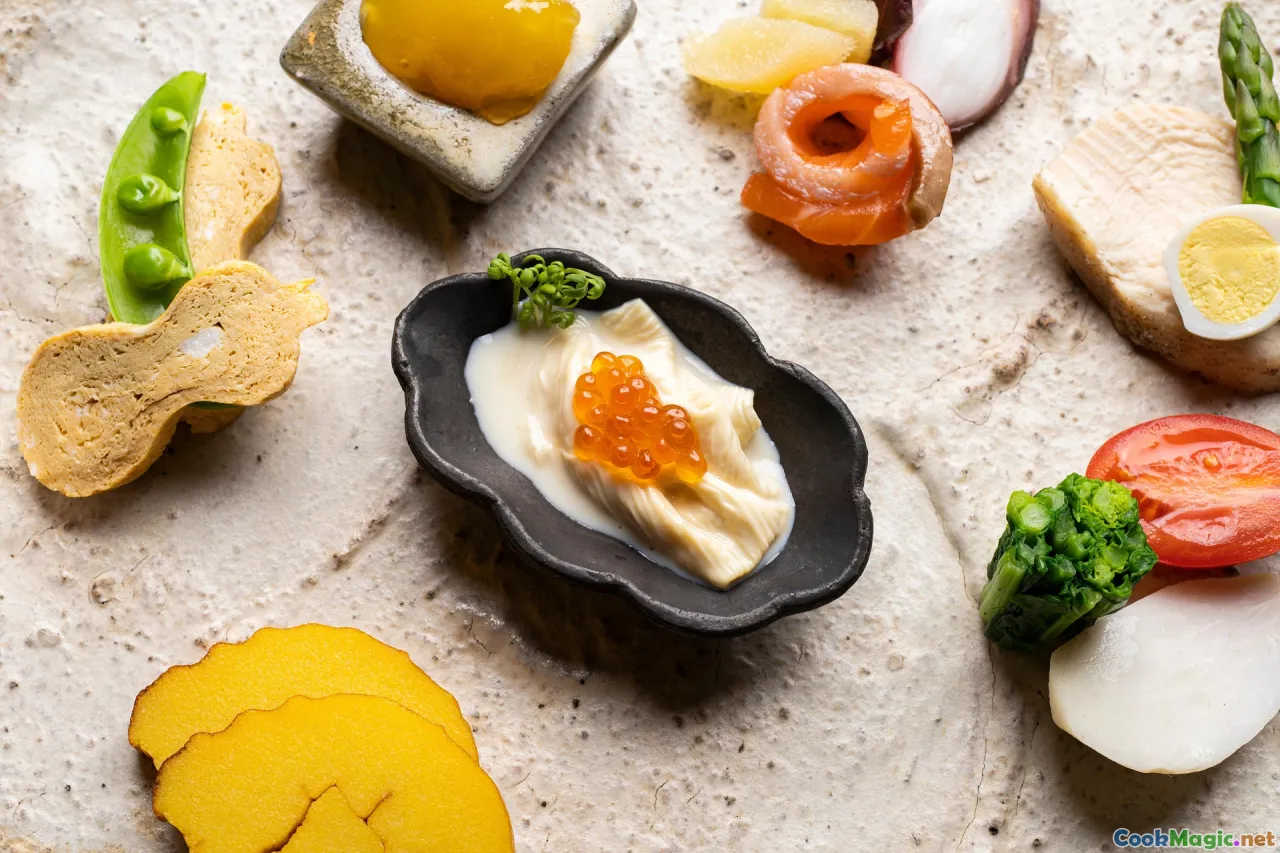
While the traditional recipe remains the gold standard, contemporary cooks experiment by adding subtle herbs like bay leaves or roasting the mutton beforehand for a smoky depth. Some regional variations include adding carrots or parsnips casually placed among the cabbage layers, while adventurous chefs might incorporate a dash of juniper or a splash of Løiten or Kvænangen aquavit for a spirited twist.
Personal interpretation is welcomed—Fårikål invites your story into the pot, whether it’s a family recipe shared across generations or a modern reinterpretation that brings new flavors to this ancient dish.
Fårikål’s Cultural Bond and Its Global Appeal
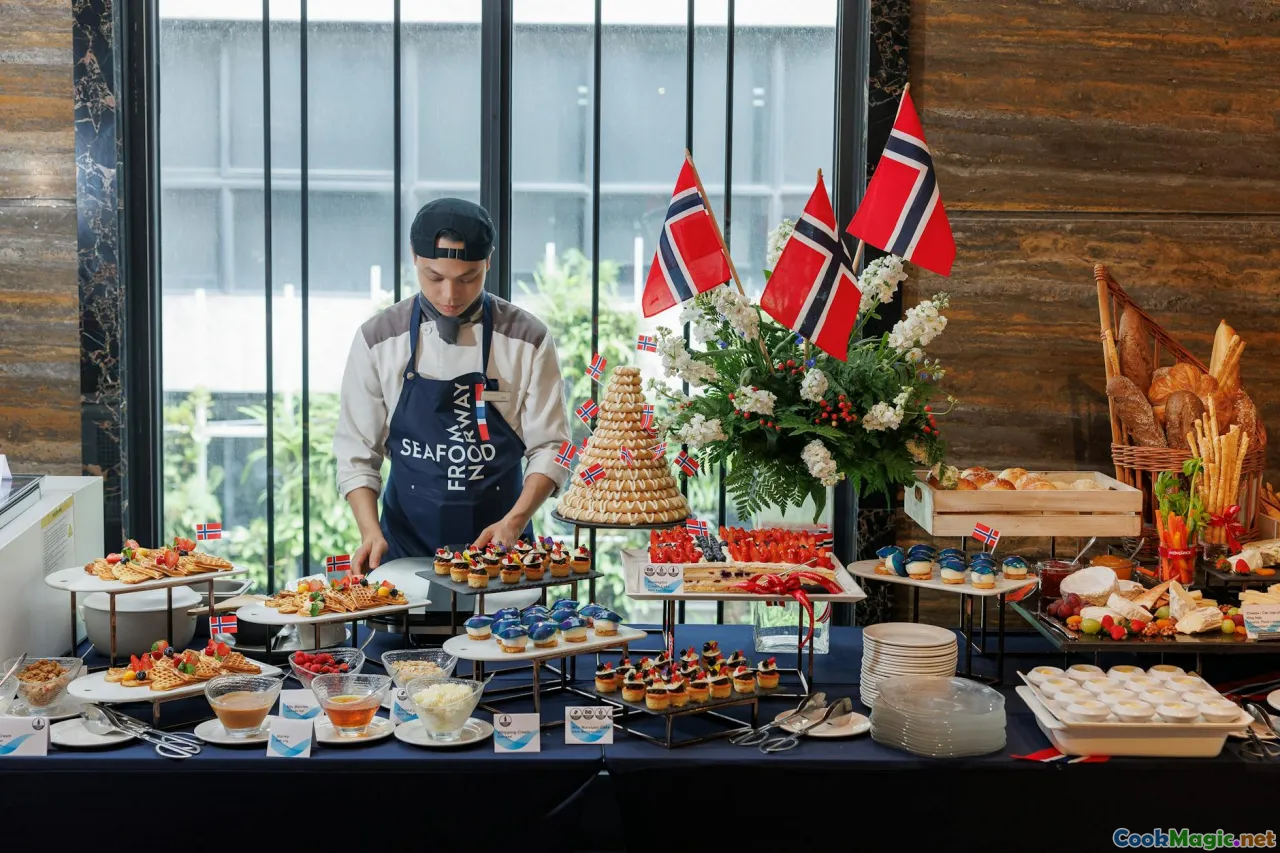
Beyond Norway’s borders, Fårikål embodies a universal appeal—comfort food wrapped in cultural identity. It shares kinship with other European stews: the German Sauerbraten, the French Pot-au-feu, or the Irish Irish stew—each celebrated for warming both body and soul.
Festivals dedicated to Fårikål, such as the annual Fårikål Festival in Trondheim, draw visitors from around the world eager to taste Norway’s culinary tradition. As Norwegian diaspora communities host potlucks unveiling their version of the dish, the universal power of humble ingredients transforming into a soulful experience is undeniable.
Final Thoughts: The Art of Embracing Simplicity
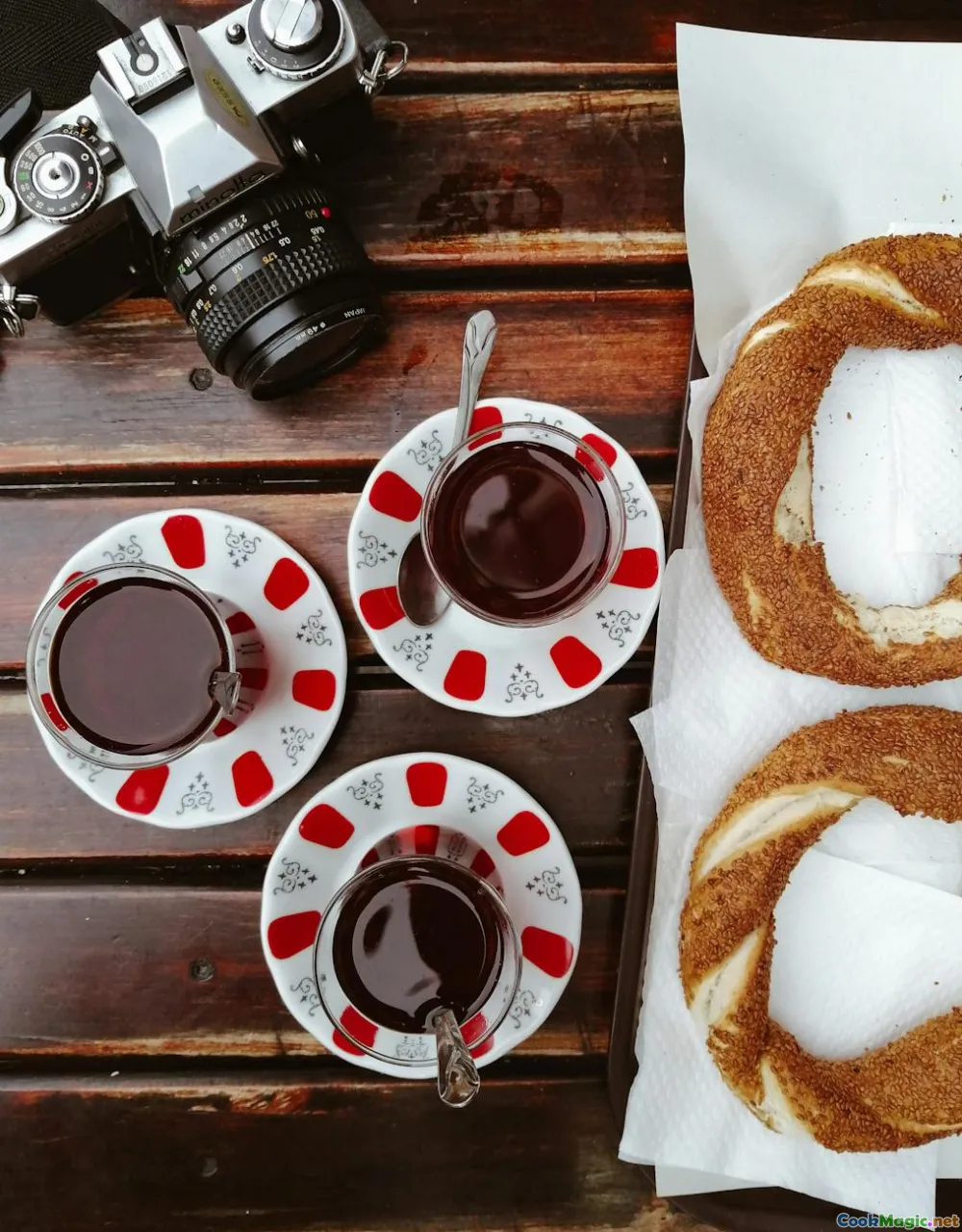
Mastering Fårikål transcends following a recipe; it’s about embodying a cultural mindset—embracing patience, respecting ingredients, and celebrating community through a simple yet profound dish. The slow simmering process encourages mindfulness, while the shared meal fosters connection and warmth.
In every bubbling pot of Fårikål, there is a whisper of Norwegian resilience, ingenuity, and love. It’s a reminder that sometimes, the most memorable dishes come from the simplest ingredients—a reflection of a nation’s soul, cooked slowly and served with pride.
So, whether you’re a seasoned home chef or a curious culinary explorer, I invite you to master the art of Fårikål, let its flavors tell a story, and feel a little closer to Norway’s wild, beautiful landscape—and the hearts that beat within.









